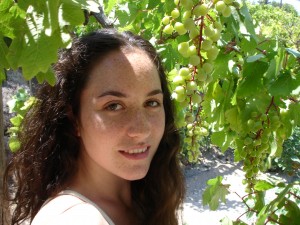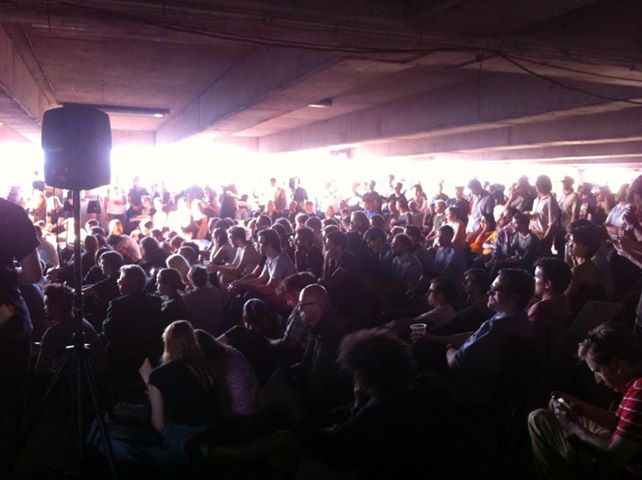The new term has arrived, and with it City University Concert Series 2013-14. Next week Kalia Baklitzanaki takes to the stage with her ensemble and we spent a bit of time with her talking about her musical influences.
Your performance at City University London will include both traditional repertoire from the Mediterranean and Middle East, and your own compositions. Can you explain how these connect, and how your compositions are influenced by the musical traditions that you have learned?
Growing up on the island of Crete in Greece, I was surrounded by traditional music. Music there is very much a living tradition and a part of the seasonal life cycle. The folk music of the island and of the rest of Greece have strongly influenced my compositions. Historically Crete has been a point of contact with many other cultures such as Venetian, North African and Ottoman, and I have therefore been interested in learning about the music of these cultures as well. Some of the repertoire I will present tonight reflects my travels and studies with musicians in these areas.
The instruments in your ensemble come from a number of different musical traditions. Why have you chosen these particular instruments, and do you face any problems when trying to integrate them?
I selected the instruments and instrumentalists in my band, as they are ideal for interpreting music of the Eastern Mediterranean and Middle East. Vasilis Sarikis will be playing percussion used in Greece, Turkey, the Middle East and Spain such as: riq (tambourine), darbuka (goblet drum), frame drums and cajon. Jon Banks will be playing the kanoun (zither) which is used in Greece, Turkey and the Arab world. Theo Lais will play the Cretan lyra (fiddle) and laouto (lute). I will be singing in various languages, playing the nay (reed flute) used in Greek, Turkish, Arabic and Iranian music, and the Greek/Bulgarian kaval flute. Ruth Goller will keep us all together with her bass line on the double bass which has successfully been incorporated into traditional music of these areas. All the musicians are amazingly talented on their instruments and I am really pleased to be able to work with them all!
Can you tell us about the other music and dance projects that you are involved in?
The other main project I have is ‘Dunya Duo’ with percussionist Vasilis Sarikis, where we write and explore repertoire for nay, voice and percussion. Projects and musicians I have worked with in the past include: Natacha Atlas, Syrian, Kuljit Bhamra, Kharabat Ensemble, Liverpool Philharmonic Orchestra, Kit Downs, Jadid Ensemble and Paprika.
You have lived and studied in London for a number of years. Do you feel that the city has influence the music that you write and perform?
London is a crossroad for many artists, and this has given me the opportunity to work with a great variety of artists and musical traditions. The support provided to the arts has also been invaluable for creating and sustaining projects.
You can find out more about Kalia and her music here: www.kaliamusic.com
Kalia will be performing on Tuesday 22nd October at 7pm in the Performance Space, College Building. This concert is part of Inside Out Festival.
Admission is free. To book a place head to: http://www.city.ac.uk/events/2013/october/kalia-music-of-the-eastern-mediterranean-and-middle-east
Or follow us on facebook: http://facebook.com/CityUniConcerts








